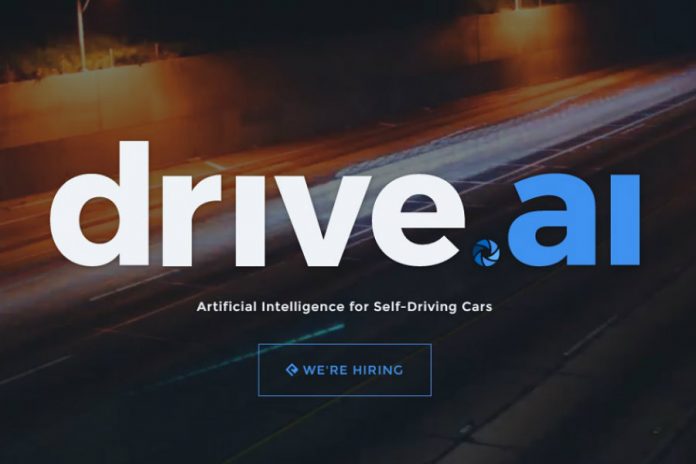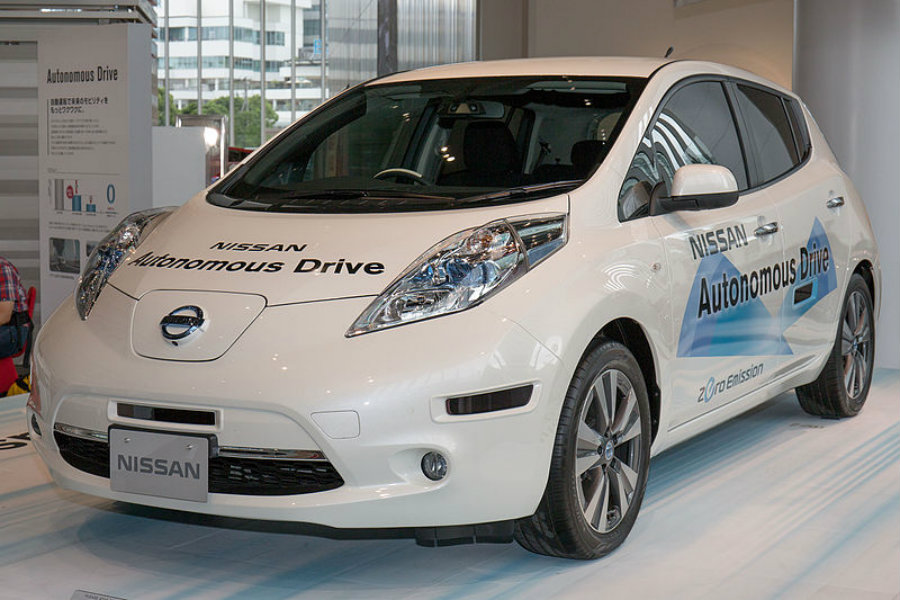
Earlier this Tuesday, August 30, the driverless technology startup Drive.ai first revealed its development strategy and business plan to change the landscape of the self-driving car industry.
In an eventful day for the Silicon Valley-based company, the public unveiling also comprised a high-profile announcement. Drive.ai stated that the former General Motors executive Steve Girsky would join the board of directors of the revolutionary startup.
Representatives from the company including CEO Sameep Tandon and President Carol Reiley have since given statements to numerous media outlets about the future with Drive.ai technology.

Drive.ai thinks ‘deep learning’ technology is one of the keys to driverless tech
The team behind the wheel at the self-driving car startup is made up by several research specialists from Stanford University’s Artificial Intelligence Lab. CEO and co-founder Sameep Tandon is himself a Ph.D. from the prestigious California institution.
The researchers at Drive.ai believe that a promising future for driverless technology lies in the implementation of deep learning mechanics in the software of autonomous vehicles. Deep learning technology is based not on pre-programmed responses, but on previous data gathered from ever-growing experience.
In this way, vehicles equipped with the software can respond appropriately to the situations they may encounter when driving on roads; thus avoiding many of the potential dangers associated with riding self-driving cars.
Comma․ai open-sources the data it used for its first successful driverle… https://t.co/EL9YZGVAb1 by @etherington pic.twitter.com/ynPJwDIfaR
— TechCrunch (@TechCrunch) August 3, 2016
The human element is fundamental to the future of self-driving cars
Drive.ai’s approach to autonomous driving differentiates itself from other ventures in that it intends to involve people as well in the development of its technology. President Carol Riley argues that in seeking the next big thing in the automotive industry, developers have forgotten that humans are a constant in the equation when it comes to transportation.
Humans have been behind the wheel ever since the invention of personal automobiles, and will be in the back seat of future driverless cars. For cars to truly learn from their environment, Drive.ai plans to install both internal and external displays that communicate with passengers and pedestrians.
This method would vastly improve the foreign and distant perception that the public has of self-driving vehicles, as it would notify them the intentions of the car through text, sounds, and even more friendly ways like emojis.
While Drive.ai was founded just last year and the company holds a testing license in California since April, their signature technology has been under development for much longer. In the official six-level scale for vehicle automation, Drive.ai reportedly holds a position in the fourth and fifth levels according to Reiley.
Drive.ai gave no official statements on when its system would be officially available, but in the meantime, Alphabet’s Google, Apple, Uber and many other automakers and companies race to deploy their driverless technologies.
Source: The New York Times











